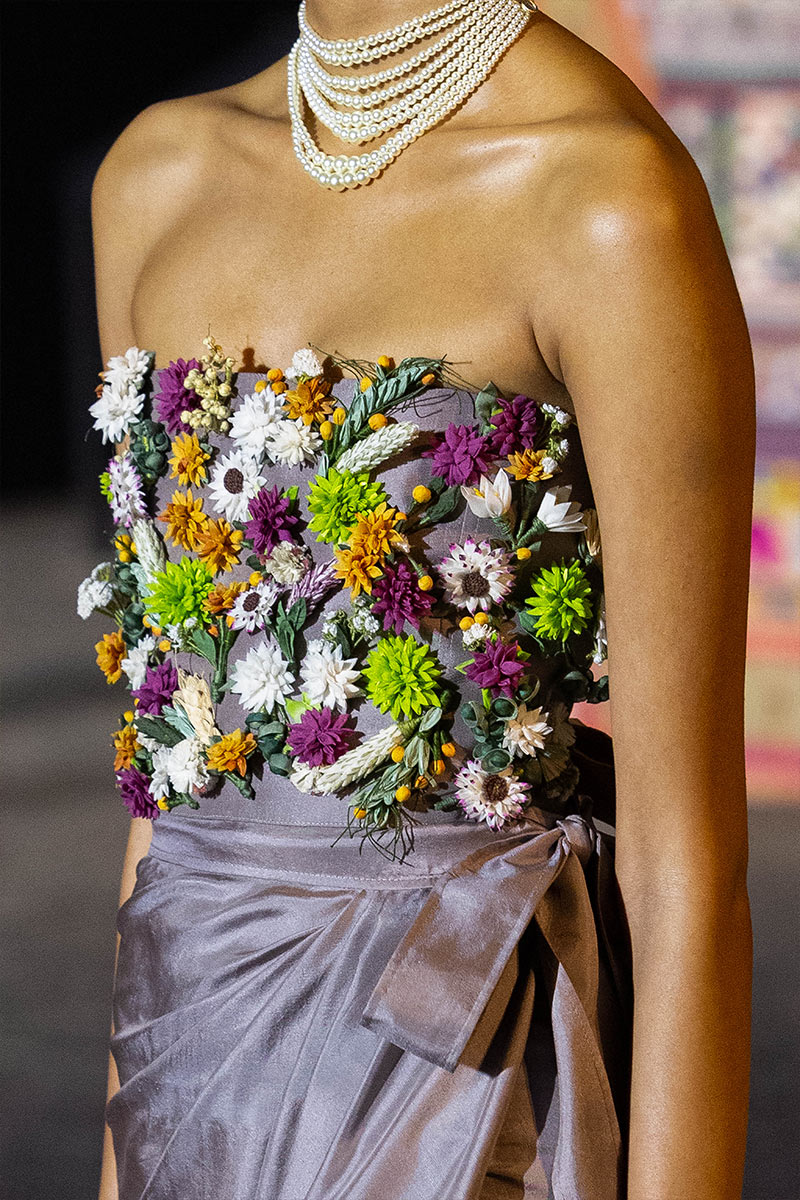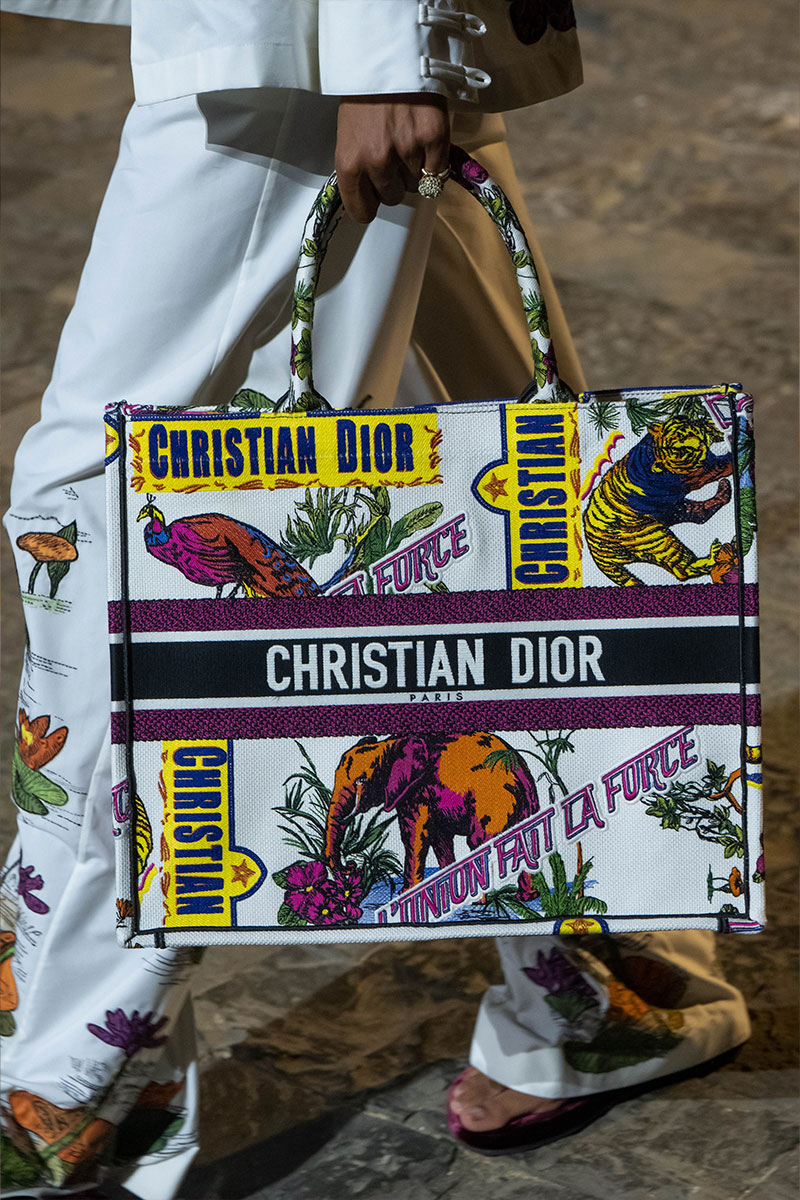In the run-up to Dior’s fall 2023 show in Mumbai, some anxiety was reasonable. It had been almost two decades since a major show was staged in India and worries about flippant interpretations, mercenary opportunism (India’s level of disposable income jumped more than 24 percent between 2019 and 2022) and general indelicacy were well-founded. But on the last night of March, under the auspices of a gibbous moon, Dior put on a show so earnest, so achingly beautiful, that even the most hard-shelled sceptic would have been moved.

Against the backdrop of the Gateway of India archway, the house delivered 99 ravishing looks and a monumental show. The runway was lined on both sides by columns of diya (lamps), arranged in the gentle crests of lapping waves and flanked by long carpets of intricately coloured flowers. A 14m-tall toran—a piece of cloth hung on doorways to welcome visitors—framed the proceedings. Its mirrored sequins, sewn into the fabric using the ancient shisha embroidery technique, winked under the spotlight, refracting the glare into something kinder and older.




The music was equal parts magnificent and considered. The prim grandeur of the orchestra was intercut with the urgent rhythms of Indian folk music, blending in a surprising yet marvellous polyphony. Amid the familiar sounds of violin and cello were the plangent effusions of a sitar and the clean, whistling notes of a flute. The tabla performance by Anuradha Pal was particularly spellbinding. What began as an accompaniment quickened into a breathless, insistent climax. It felt symbolic of the creative dialogue between Mumbai and Paris that Maria Grazia Chiuri had hoped to achieve with the show. If fashion were a conversation, India could speak for itself.
“If fashion were a conversation, India could speak for itself.”
The collection bears the mark of Indian influence, in details big and small. The verticality of tunics and sari skirts were transposed into long, narrow dresses, open at the side. Dress shirts erred long, with hems lowered to mid-thigh in silhouettes reminiscent of the sherwani, the traditional men’s jacket. Nehru-collared jackets were trimmed with gold filigree. The Bengal tiger was an obvious but enticing motif; one coat was patterned like its hide, in rippling orange and black stripes. Toile de Jouy pyjamas were embossed with tigers, peacocks and banyan trees. Other notes were more subtle: the single strap of a toga dress had the width and weight of a sari scarf flung over the shoulder.
Chiuri’s hallmarks were present too. Notably, the creative director’s fondness for frank slogans found new joy in this defilé. A heavily embroidered jacket revealed the delight of an equally dramatic back; emblazoned with a splashy Indian elephant motif and in block letters a French slogan which translates to ‘We Are Strong Together’. The carnivalesque spirit of Indian cinema was present as well in the joyous colour blocking of the show: black slipped into beige before exploding in a riot of pinks, greens and purples. The shapes were classically French, the shades ebulliently Indian.



The heartfelt feeling of the clothes can be attributed to the longstanding friendship between Chiuri and Karishma Swali, director of the Chanakya atelier in Mumbai. Its artisans are behind the collection’s stunning embroidery work, from the clothes to the towering toran. Chiuri’s appointment at Dior has only cemented the partnership. Almost as soon as she took the reins in 2016, she formalised her support for Chanakya’s School of Craft—where low-income women study embroidery in a break with male-dominated tradition—becoming an official donor. She worked with the school on her spring/summer 2020 and fall/ winter 2021 couture presentations. Her spring/summer 2022 couture show was a celebration of Chanakya’s work and her fall/winter 2022 show again foregrounded their contributions. The fall 2023 spectacle, then, is the natural culmination of a long line of projects past. What comes through is sincerity.
Chiuri has spoken publicly and prodigiously about India’s centrality to the global fashion system. French couturiers have delegated their embroideries to artisans from the south for decades and a garment often spends longer in India than it does in France. Yet, bound up in couture’s mythos is a sense of immutable Frenchness, a notion that, ironically, proliferated after the debut of Dior’s New Look in 1947. Read in that light, Chiuri’s show is a sharp rebuke. Gracefully yet sternly, she asserts that fashion is a “shared territory” and India has always been a player.





